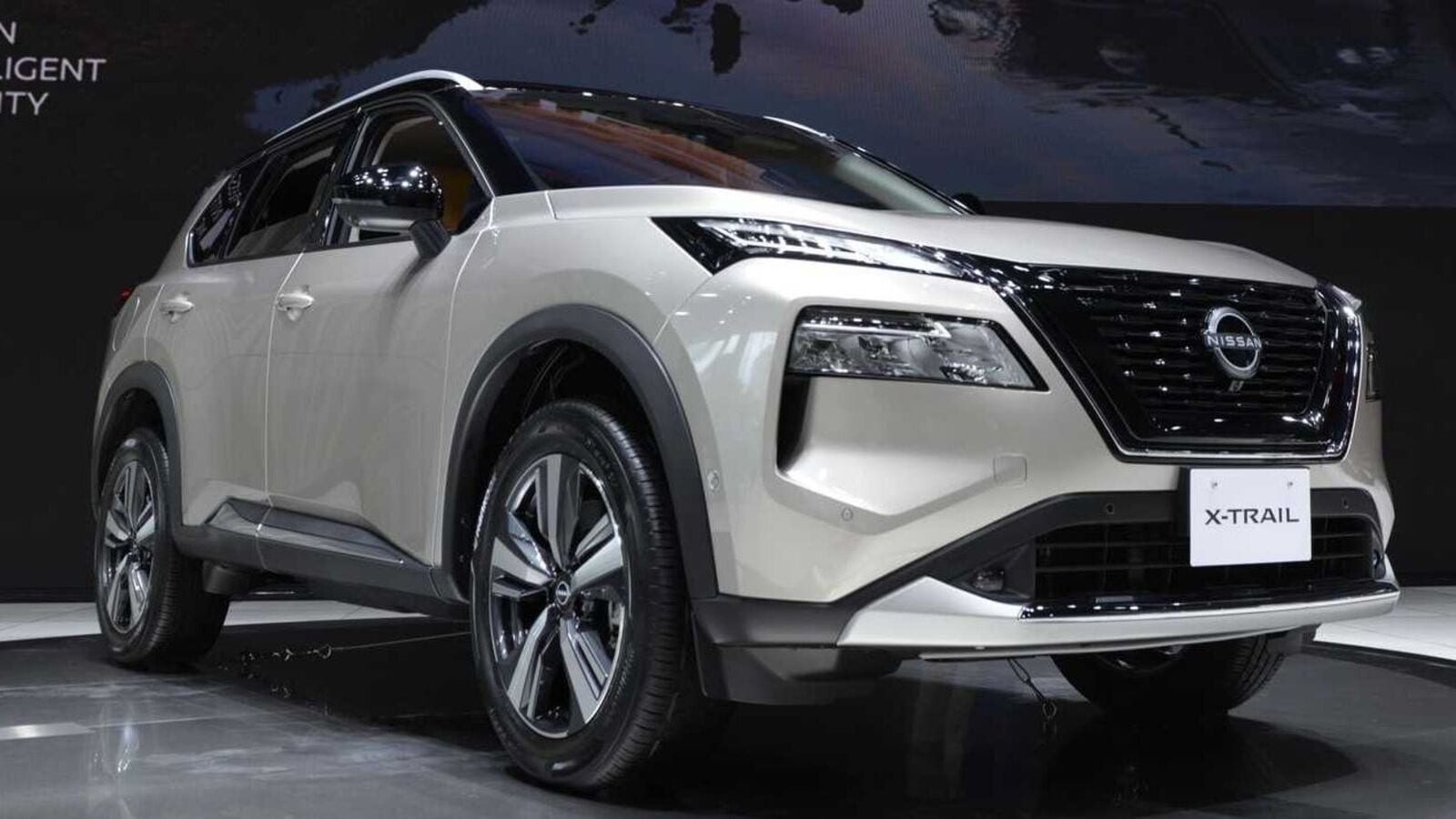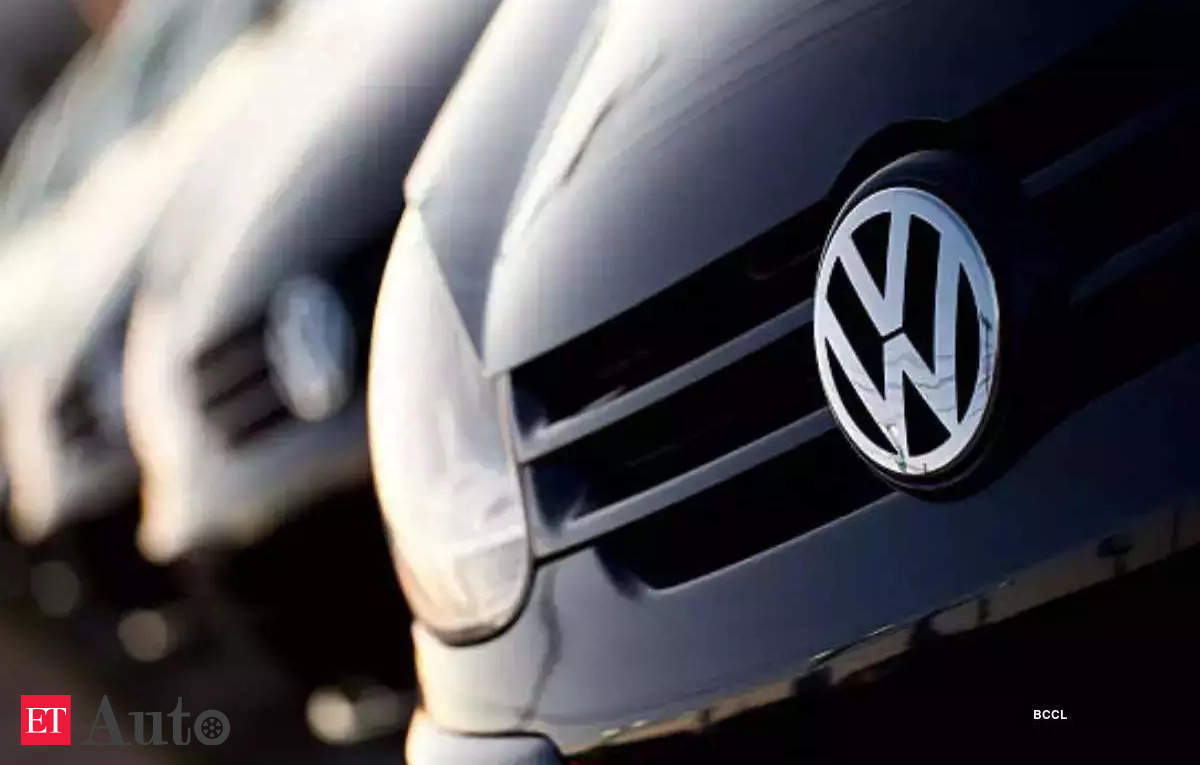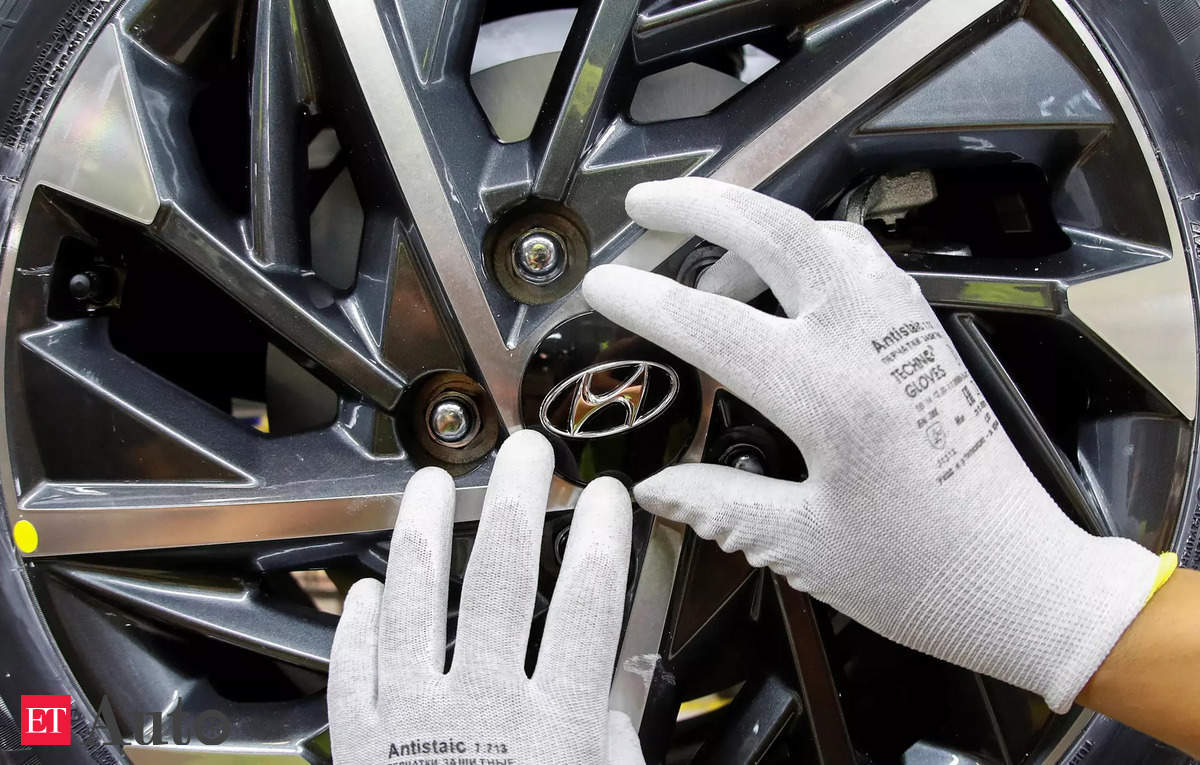Zhejiang Leapmotor Technologies Ltd wants to stamp its presence in all the segments of the Indian EV market, from hatchbacks to SUVs and MPVs. In an exclusive interview with Autocar Professional, Li Cao, ED and Sr VP of one of China’s fastest-growing electric car companies said India is definitely part of the company’s plan to sell about 1 lakh units globally in 2025. The company, which plans to import a few units by the end of the year, is exploring the CKD route to make its models more accessible.
How do you see the internationalisation of the brand Leapmotor, and do you see India as an important part of it?
The Indian market has huge potential in the future. Not only Leapmotor but every Chinese and global brand wants to enter this market to gain market share. The first factor is India’s population. Secondly, there is demand for EV cars from families. In the Indian market, people have big families, so they need this car.
Leapmotor International — the JV with Stellantis — will enter the Indian market and introduce the Leapmotor brand and product. A few units will be exported to India by the end of this year. The first batch will be CBU. We will consider CKD in the future.
What is Stellantis’ role as far as the globalisation of Leapmotor is concerned?
It depends on two factors. The first concerns the brand and product, which still belong to Leapmotor. The second concerns Stellantis. They have a very good existing sales network. The plan is to leverage both resources. This is a very interesting business cooperation with a lot of potential.
What kind of product portfolio do you think is suitable for India?
The long-term product strategy for India is still under discussion between our product planning team and Stellantis’ teams in Europe and China. Because we have developed the European versions of C10 and TO3, the products suitable for the Indian market will be based on these two models. But, we still need to understand India’s market and demand situation better.
Stellantis has strong assets in India. The manufacturing facility has high localisation; they export parts from India. So what about the deep local manufacturing plan?
In the short term, we will export CBU [to India]. Whether we will do CKD in India is still under discussion in the long term. However, based on the strategic cooperation with Stellantis, we will leverage their resources locally for the whole global market.
Is there a plan to manufacture cars in India as a key export hub for global markets, especially right-hand-drive markets?
Temporarily not. For now, we will focus on the European market.
Many Indian groups were interested in Leapmotor’s technology. Is Leapmotor open to licensing its vehicle architecture or battery technology to local Indian players?
We have discussed this with some Indian companies. But it depends on each project. We cannot say we will cooperate to get a license. We will discuss case by case. We want to focus on being a supplier of parts to the companies. For our main strategy, we are still focusing on exporting Leapmotor brand’s parts to global markets.
What is your investment plan for the future? What are your aspirations in terms of volumes or market share in India?
So, for the investment plan, we will invest mainly in products and parts. Second, for the volume planning, we have ambitious volume targets. For example, in the Chinese market, last year, we sold approximately 1,50,000 units, but this year, we want to double this number.
Can you capitalise on India’s technical ability?
Software engineers from the south of India are leveraged around the world, and they are big for ADAS. So, for research and development, in two or three years, the best will still be in China. But for the global markets, if some markets are expanding with huge demand, maybe we may do some tests locally and introduce some localisation.
What are the volume targets for Leap International?
Because this is the first year of Leapmotor International, our target is to achieve 10,000 units by the end of this year. Maybe next year, our target is 1,00,000 units.
And the portfolio — will it start with small cars and move on to SUVs, sedans, and MPVs, and what’s the portfolio plan for India?
So, what is for sure is from A segment to C segment, we will have MPVs, SUVs and hatchbacks. For our future portfolio, most of the models will be global models. So, we are open to discussing the potential in the Indian market. But finally, it will be decided by market demand. If the market needs it, we will develop it and get it to India.
This interview was first published in Autocar Professional’s June 1, 2024 issue.



